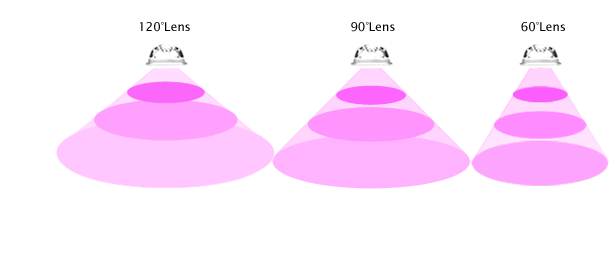
When you throw the word "modular" out there, you tend to scare a lot of people away. Growers, in particular, want things as simple as possible to grow efficiently, so most tend to either go the traditional HID route or use non-modular LED's. But don't let the name scare you off: modular LED's are a lot better and a lot easier to work with and work on than non-modular lights, and simply blow HID's out of the water.
What's a modular LED Grow Light?
A modular LED grow light is an LED that has individual diodes or diode clusters that operate independently while the light is turned on. Traditional LED diodes run on a strand of wiring connected to every diode, and all the diodes work simultaneously. Modular LED's tend to be the better light because of their ability to be easily repaired and customize-able, whereas traditional LED's don't allow for that capability. Think about it terms of Christmas tree lights. The older types use individual bulbs, and once a bulb goes out you only need to replace that bulb. You can also take bulbs of different colors and make your custom strand of lights- this is like modular LED's. Then there are other types of Christmas tree lights (the traditional lights we're used to using) that can't be changed, and if one bulb goes out a majority of the other bulbs go out with it- this is like traditional bulbs. So ask yourself: would you rather have a light that you can customize and take apart yourself or a light that will need an entire replacement once it's out?
Why would you choose a modular LED over any other light?
Like all LED grow lights, modular LEDs run cool. But unlike traditional LED's, modular LED's tend to have heat syncs on them, which help dissipate heat a lot faster than other lights. These lights also tend to have stronger fans than most LED's, and the assembly of their components is a breeze. You simply locate the part in need of repair, uninstall it, install the new piece, and you're up and running. The best thing about modular LED's, though, has to be the lens combination of them. Traditional LED's have the primary diode lens (usually 90 degrees) for coverage and a plate in front of the diodes to help spread the light.

